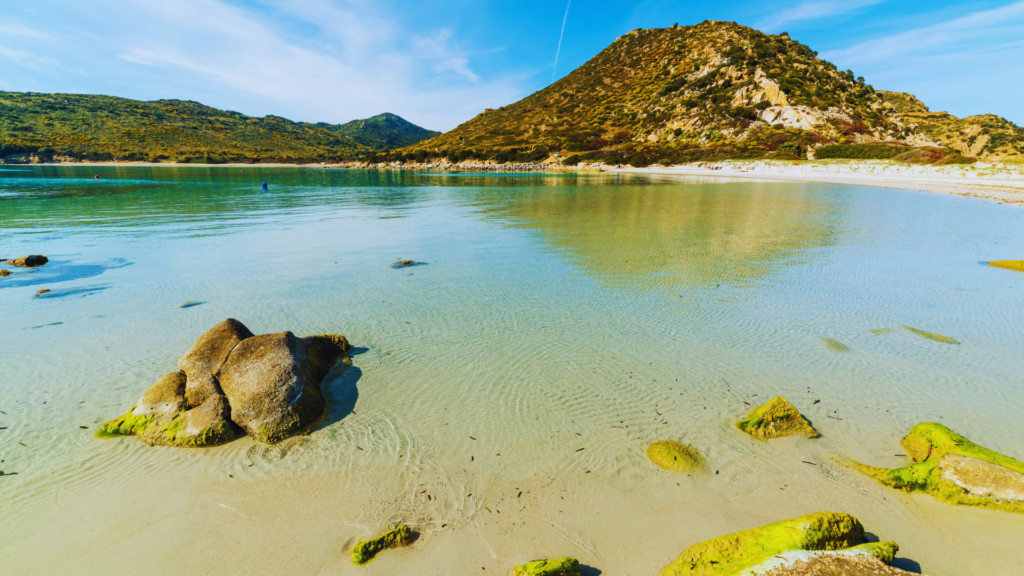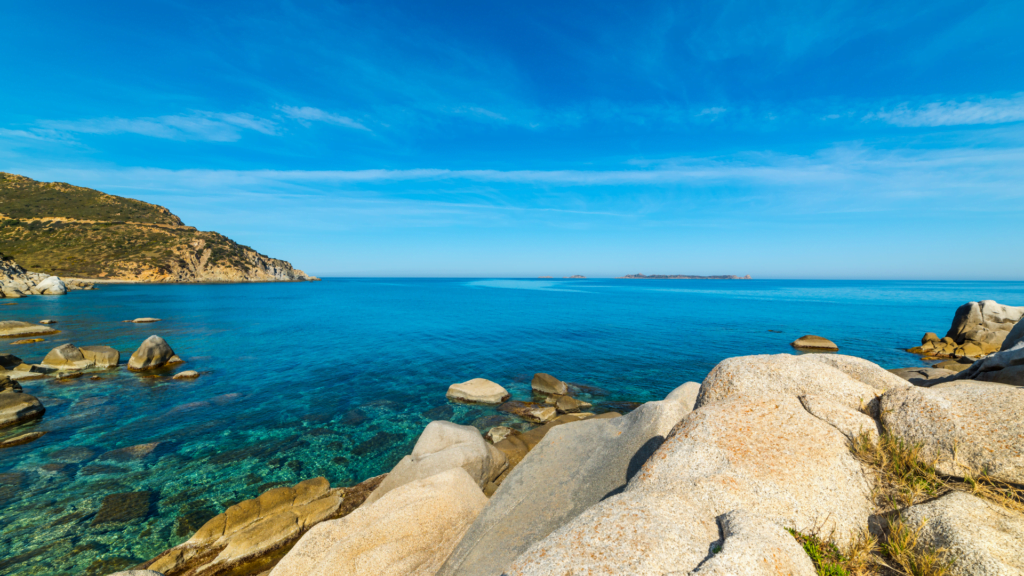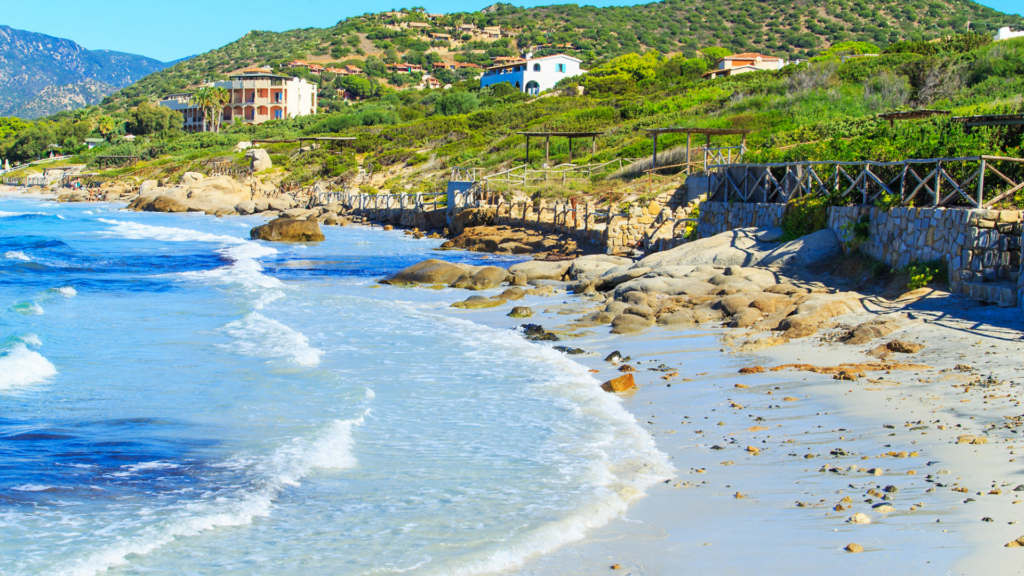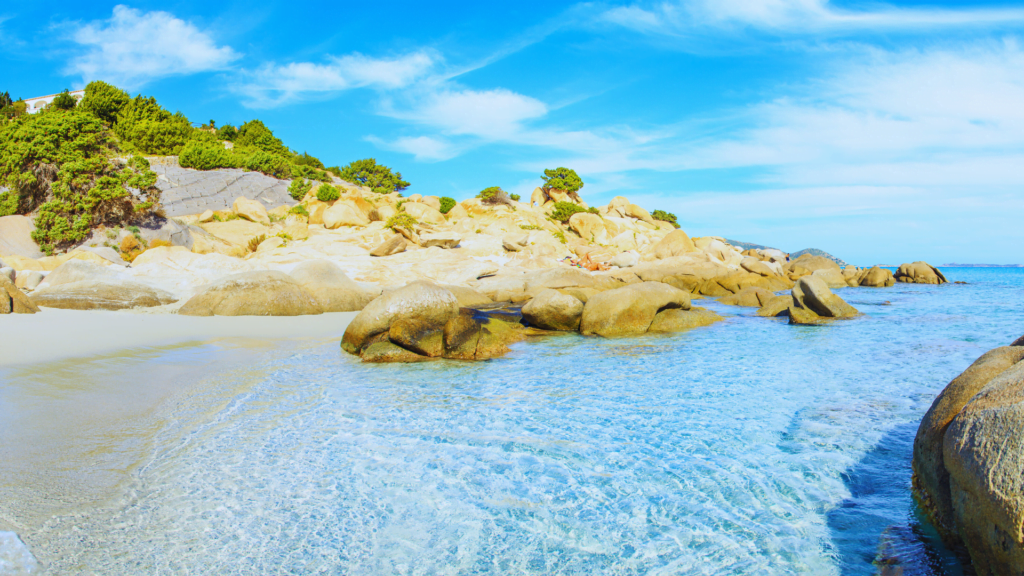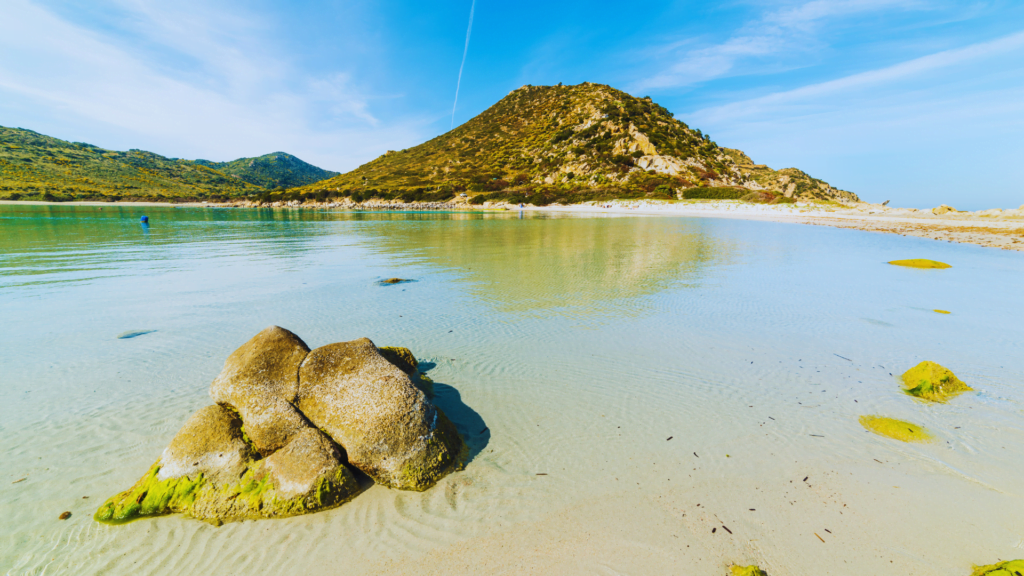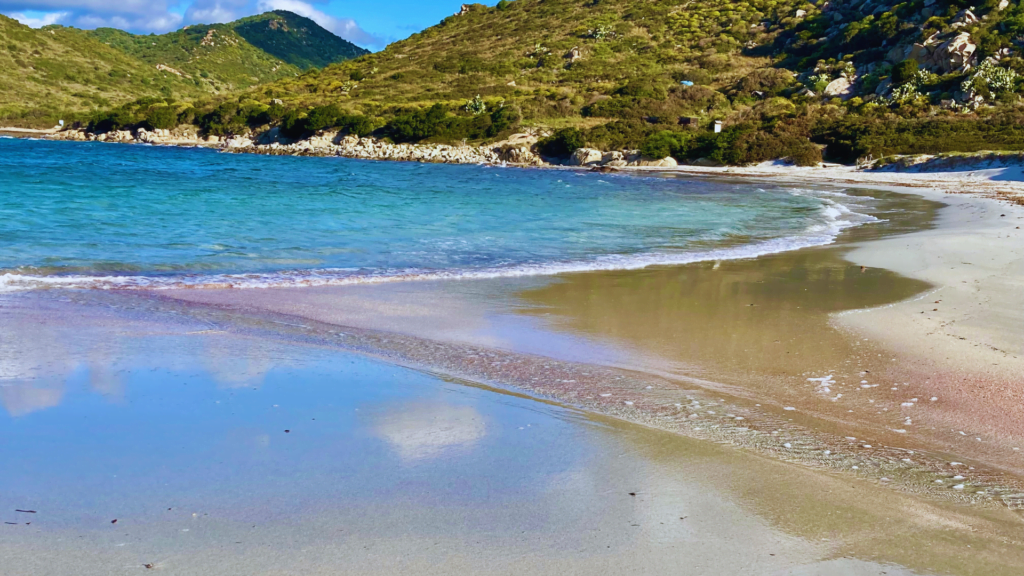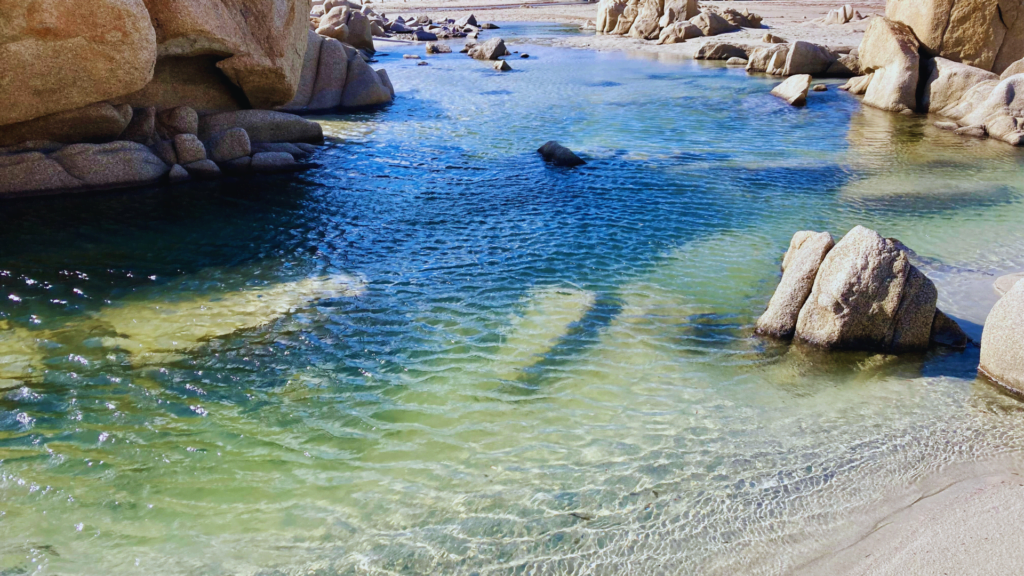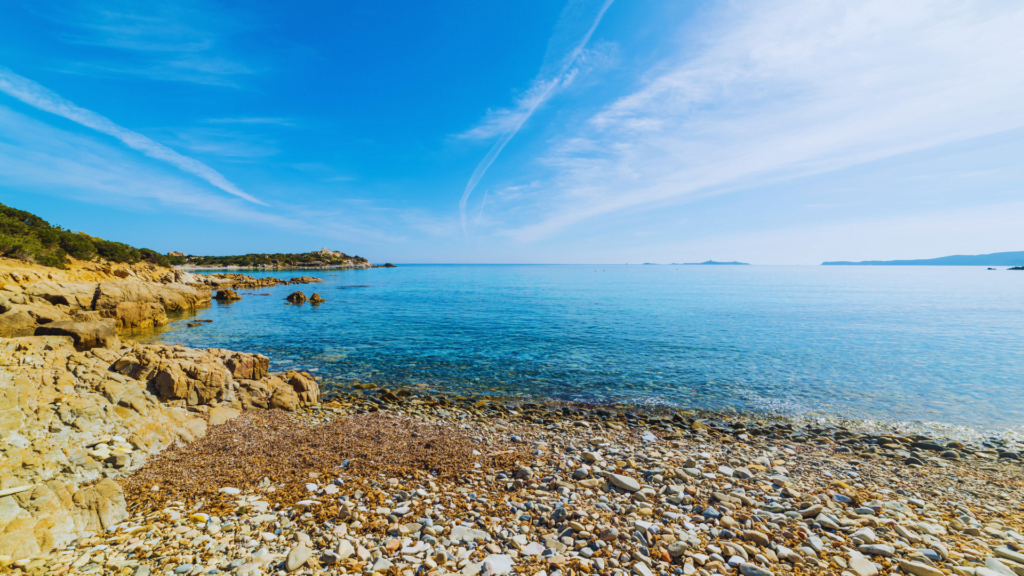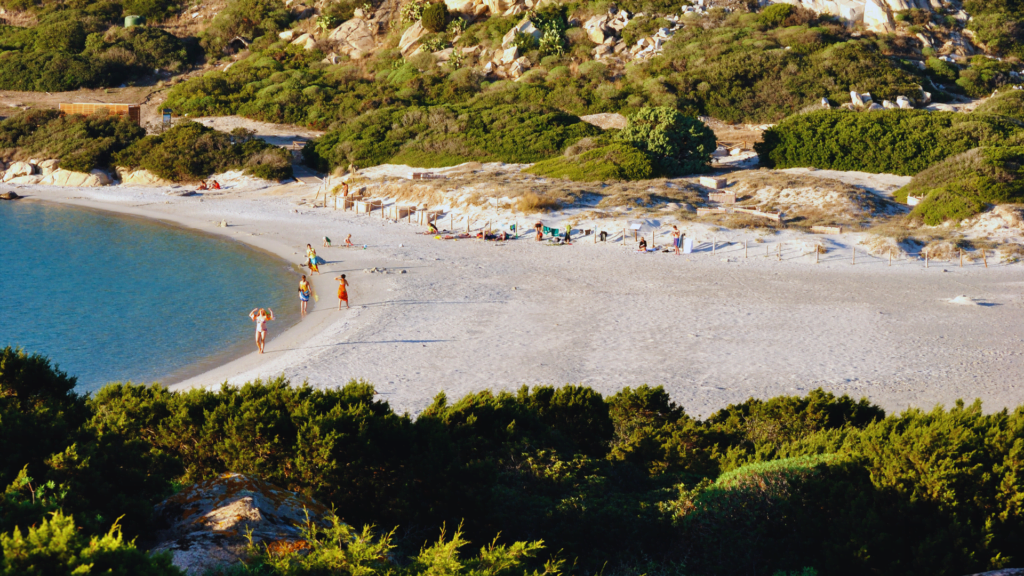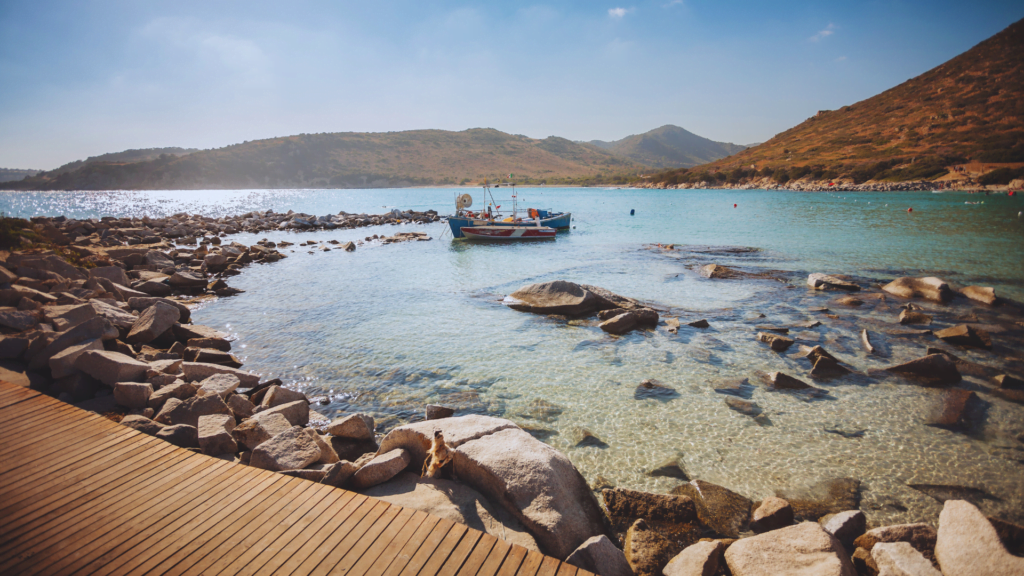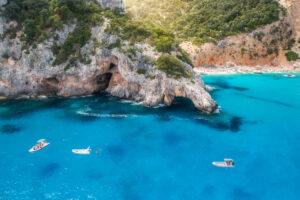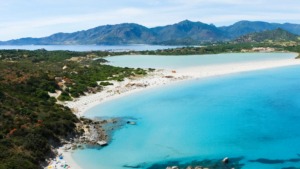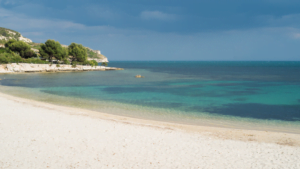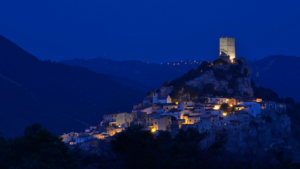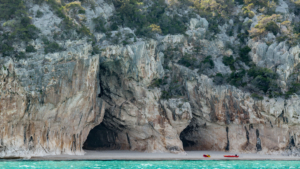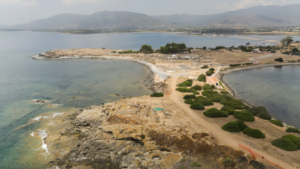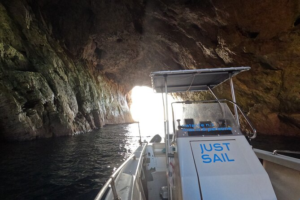Punta Molentis is a stunning beach located on the southeast coast of Sardinia, near the town of Villasimius. Renowned for its pristine natural beauty, Punta Molentis is part of the Capo Carbonara marine protected area, making it a cherished spot for both locals and tourists.
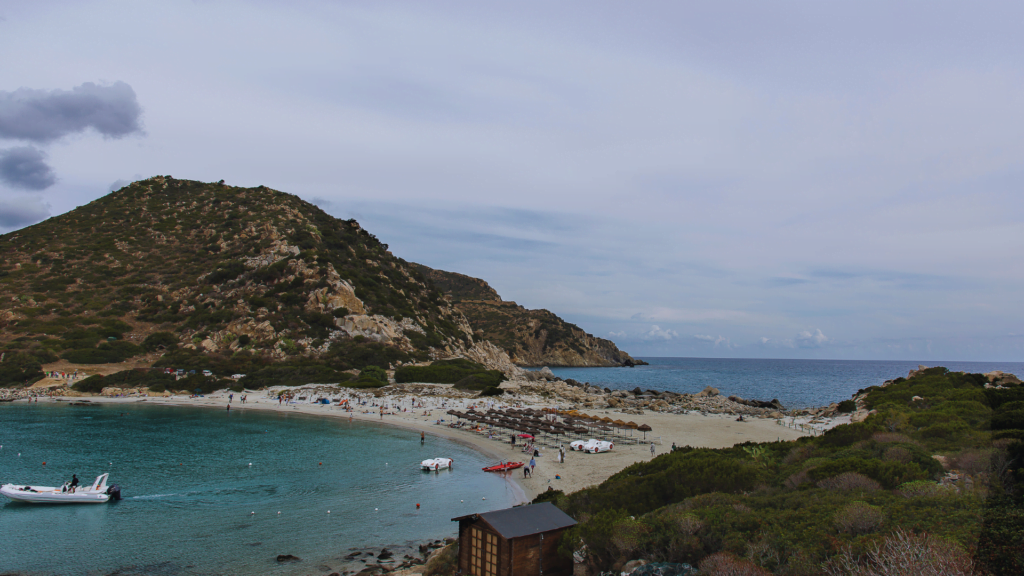

The beach of Punta Molentis is celebrated for its unique combination of white sand and turquoise waters. Granite rocks, which were historically quarried in the area, add a distinctive charm to the landscape. The beach is also known for its shallow, crystal-clear waters, making it ideal for swimming and snorkeling. Additionally, the shoreline’s pink hues at sunset and the surrounding Mediterranean vegetation create a picturesque setting that attracts nature lovers and photographers alike.
What to Expect
Punta Molentis Photos
Beach Layout and Main Attractions
Punta Molentis features a picturesque crescent-shaped beach, framed by dramatic granite rocks and lush Mediterranean vegetation. The beach is divided into several coves, providing a variety of spots for visitors to explore. The shallow, crystal-clear waters are perfect for swimming and snorkeling. The beach is also home to a small promontory with panoramic views, ideal for taking in the stunning scenery. At sunset, the shoreline takes on a unique pink hue, adding to the beach’s charm.
Facilities
- Parking: There is a designated parking area close to the beach. Arriving early is recommended, especially during peak season, to secure a spot.
- Sunbeds and Umbrellas: Visitors can rent sunbeds and umbrellas on the beach. These rentals provide a comfortable option for those planning to spend the day.
- Refreshments: There are food and drink options available, including a beachside bar and a restaurant serving fresh seafood. For a more budget-friendly option, visitors can bring their own refreshments or visit a nearby café.
Activities
Swimming and Sunbathing
Punta Molentis is an ideal destination for swimming and sunbathing, thanks to its shallow, clear waters and soft white sand. The beach is well-protected from strong winds, creating calm and gentle waves perfect for a relaxing swim. The natural beauty of the surroundings makes it a serene spot to lay out a towel and enjoy the sun.
Snorkeling and Scuba Diving Spots
The crystal-clear waters of Punta Molentis are excellent for snorkeling and scuba diving. The diverse marine life and underwater rock formations offer a fascinating experience for both beginners and experienced divers. Key spots for snorkeling include areas near the rocky outcrops, where vibrant fish and other sea creatures can be seen. For scuba diving, guided tours are available that explore the deeper parts of the marine protected area.
Boat Rentals and Water Sports
For those interested in exploring beyond the shore, boat rentals are available at Punta Molentis. Visitors can rent small boats, kayaks, or paddleboards to explore the coastline and nearby coves. Water sports enthusiasts can enjoy activities such as jet skiing and windsurfing. Renting a boat also provides the opportunity to visit less accessible parts of the coast and enjoy some solitude away from the main beach area.
Nearby Hiking Trails and Nature Walks
The area around Punta Molentis offers several scenic hiking trails and nature walks. These trails wind through Mediterranean vegetation, providing stunning views of the coastline and opportunities to spot local wildlife. Popular trails include routes that lead to the nearby nuraghe ruins and other historical sites. These walks are a great way to explore the natural beauty of the region and get a different perspective of the landscape.
Accommodations Near Punta Molentis
Hotels and Resorts


- Pullman Timi Ama Sardegna:
- Location: Surrounded by Mediterranean vegetation in Villasimius, near a private white-sand beach
- Features: Spacious rooms with garden or bay views, free outdoor swimming pool, wellness center, and private beach
- Highlights: Excellent location within the Capo Carbonara Protected Marine Area, multiple dining options, shuttle service to the beach, high guest ratings for staff and facilities
- Tanka Village Golf & Spa:
- Location: Overlooking Simius Beach, 1 km from Villasimius
- Features: Variety of accommodation types (from standard rooms to suites), multiple restaurants and bars, private beach, spa and wellness center, golf course, and extensive sports facilities
- Highlights: Family-friendly, dog-friendly, comprehensive facilities including an Olympic-size pool, themed pools, tennis courts, and a kids’ club
- Hotel Simius Playa:
- Location: Close to the center of Villasimius, 1 km from the beach
- Features: Outdoor swimming pool, beachfront access
- Highlights: Beautiful property with excellent service and dining options
- Falkensteiner Resort Capo Boi:
- Location: Nestled in Mediterranean grounds near Villasimius
- Features: Beachfront property, luxurious amenities, family-friendly
- Highlights: Stunning views of Capo Carbonara Bay, multiple pools, kids’ club
Vacation Rentals
- Dimora Simius:
- Features: Garden, free WiFi, and parking
- Highlights: Great sea view, kind and attentive hosts
- Accu is Prezzus Villetta E2:
- Features: Garden and proximity to the beach
- Highlights: Comfortable accommodations in a serene environment
Where is Punta Molentis Beach
Punta Molentis is situated in the southeastern region of Sardinia, close to the picturesque town of Villasimius. It can be accessed via the scenic provincial road to Castiadas and Costa Rei, offering breathtaking views along the way.
Getting There
Directions and Access Points
Punta Molentis is located on the southeast coast of Sardinia, near Villasimius. To reach this beautiful beach, follow these directions:
- From Cagliari: Take the SS125 road towards Villasimius. The journey is approximately 50 kilometers and takes about an hour by car. Once you reach Villasimius, follow the signs for Punta Molentis along the SP18 road.
- From Villasimius: Drive along the panoramic provincial road SP18 towards Castiadas and Costa Rei. The beach is well-signposted and easy to find.
Transportation Options
- By Car: This is the most convenient way to reach Punta Molentis. There is a parking area close to the beach, though it can get crowded during peak season. Parking fees apply, typically around €10 per day.
- Public Transport: Public transportation options are limited. During the summer months, there might be local buses or shuttle services from Villasimius, but it is recommended to check the latest schedules and availability.
- Walking or Cycling: For those staying in Villasimius, walking or cycling to Punta Molentis is a scenic option. The distance is approximately 5 kilometers, and the route offers beautiful views of the coastline.
Nearby Attractions
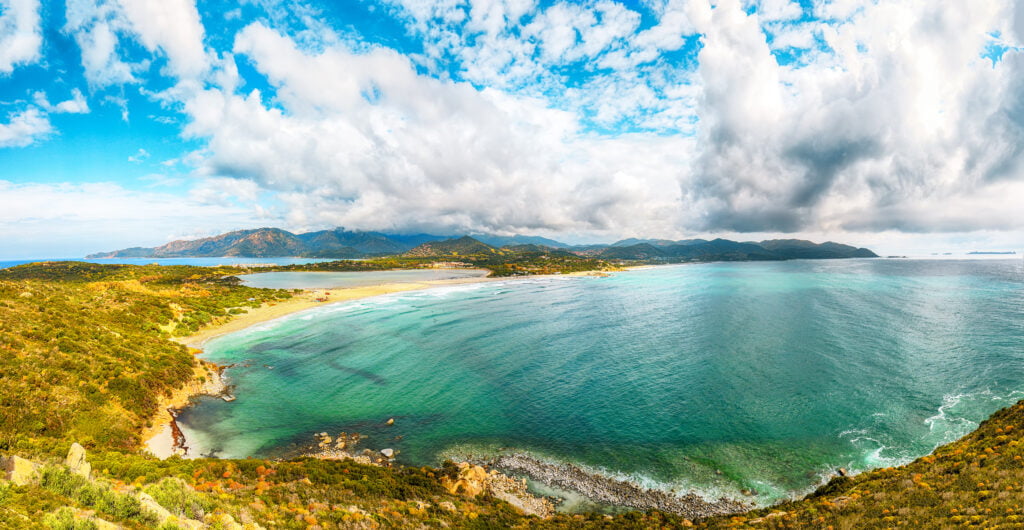

Other Beaches in Villasimius
- Porto Giunco
- Description: One of the most famous beaches in Villasimius, Porto Giunco is known for its soft white sand and crystal-clear turquoise waters. The beach is flanked by a saltwater lagoon where pink flamingos can often be seen.
- Activities: Swimming, sunbathing, and bird watching. The beach also has a tower that offers panoramic views of the coast.
- Facilities: Available amenities include parking, sunbed rentals, and nearby cafes.
- Simius Beach
- Description: Located close to the town center, Simius Beach features a long stretch of fine sand and shallow waters, making it ideal for families. The beach is well-serviced with a range of facilities.
- Activities: Ideal for swimming, snorkeling, and beach sports. Water sports rentals are also available.
- Facilities: Sunbeds and umbrellas for rent, restaurants, bars, and parking facilities.
Historical Sites
- Nuraghe Ruins
- Description: The region around Villasimius is dotted with nuraghe ruins, ancient stone structures that date back to the Bronze Age. These archaeological sites offer a glimpse into Sardinia’s prehistoric past.
- Notable Sites:
- Nuraghe Punta Molentis: Situated on a hill behind Punta Molentis beach, offering both historical interest and scenic views.
- Nuraghe Cuccureddus: Located near the beach of Campus, this site includes ruins of a nuraghe and a small village.
Local Flora and Fauna
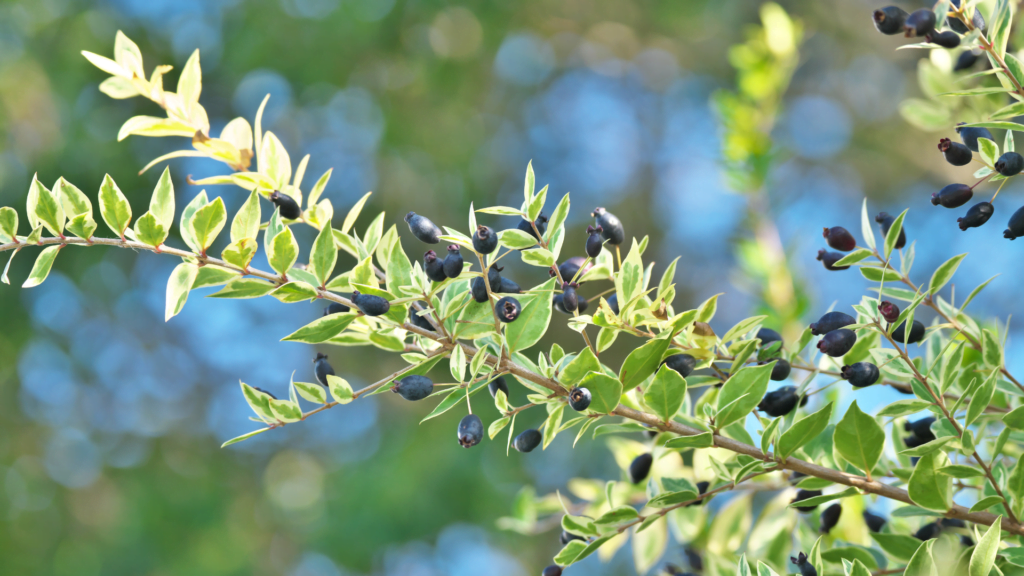

- Flora
- Mediterranean Vegetation: The area is rich in typical Mediterranean flora, including myrtle, juniper, and wild olive trees. In spring and early summer, the landscape is dotted with colorful wildflowers.
- Cacti and Succulents: These plants are common along the coastline and contribute to the unique ecosystem of the region.
- Fauna
- Bird Species: The coastal and lagoon areas around Villasimius are home to a variety of bird species. Notable among them are the pink flamingos found in the saltwater lagoons near Porto Giunco.
- Marine Life: The clear waters around Punta Molentis and other beaches are teeming with marine life, making the area popular for snorkeling and diving. Fish species, octopus, and sometimes dolphins can be spotted in the protected marine area of Capo Carbonara.
Explore Other Parts of Villasimius and Sardinia
While Punta Molentis is a highlight, the surrounding areas of Villasimius and greater Sardinia offer much more to explore. Nearby beaches like Porto Giunco and Simius Beach present different yet equally stunning coastal landscapes and activities. Historical sites, including nuraghe ruins, provide a fascinating glimpse into Sardinia’s ancient history. The rich local flora and fauna, from the vibrant Mediterranean vegetation to the diverse marine life, enhance the region’s natural allure.
Venturing beyond Villasimius, Sardinia boasts a wide array of attractions, from rugged mountains and charming villages to vibrant cities and cultural landmarks. Exploring these areas allows visitors to experience the full breadth of Sardinia’s cultural and natural beauty, making it a rewarding destination for all types of travelers.
By visiting Punta Molentis and its surrounding areas, you will not only enjoy one of Sardinia’s most beautiful beaches but also immerse yourself in the rich heritage and diverse landscapes of this remarkable island.


